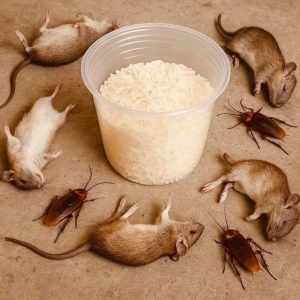Bottled water has become a daily purchase for millions of Americans, driven by the belief that it is cleaner and safer than tap. Yet studies reveal that about 64% of bottled water originates from municipal supplies — the same sources filling household faucets. While some companies purify further, others bottle it with minimal changes, selling it at steep markups.
Concerns about safety are not without merit. Brands like Walmart’s Sam’s Choice and Giant’s Acadia have been criticized for exceeding California’s contamination limits. On the other hand, products such as Gerber Pure, Nestlé Pure Life, and Penta Ultra-Purified Water earn recognition for transparency and for using advanced purification methods like reverse osmosis and distillation.
Ironically, tap water in the U.S. is often tested more rigorously. Municipal systems must comply with Environmental Protection Agency (EPA) rules requiring frequent monitoring and public reporting. Bottled water, however, falls under Food and Drug Administration (FDA) oversight, where testing is less frequent and standards are looser.
Independent research has found pollutants in bottled samples, including arsenic, bacteria, and microplastics. The packaging itself can worsen the problem, as tiny plastic particles often leach from bottles or appear during the bottling process.
Beyond personal health, environmental costs are staggering. Billions of plastic bottles are manufactured annually, consuming fossil fuels and overwhelming landfills and oceans. Recycling programs capture only a fraction, and the process itself requires heavy energy use.
This raises the question: is bottled water truly better? In many cases, the answer is no. Tap water is often safer, cheaper, and subject to stricter regulations.
Simple solutions exist. Using a home filter can remove residual contaminants while preserving minerals that support health. Pairing filtered tap water with a reusable bottle ensures safety and reduces plastic waste.
The takeaway is clear: bottled water offers convenience, but tap water, properly filtered, often provides a cleaner, more sustainable, and far more affordable choice.





